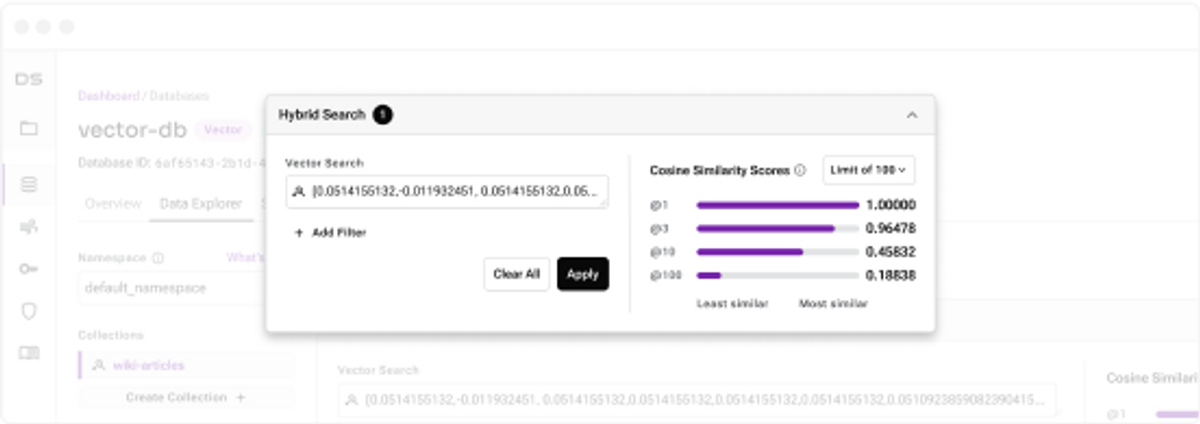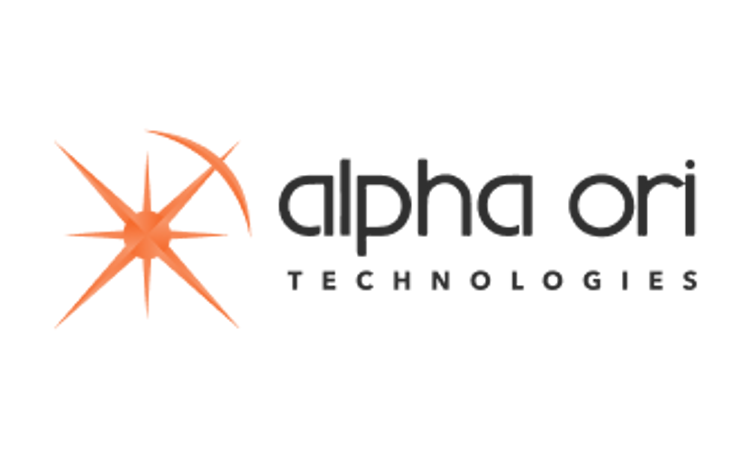What is a vector database?
Vector databases like DataStax Astra DB (built on Apache Cassandra) are designed to provide optimized storage and data access capabilities specifically for vector embeddings, which is the mathematical representation of data. Vector databases provide multi-dimensional representation of structured and unstructured data and enable functions like vector search on large corpora of data.

















